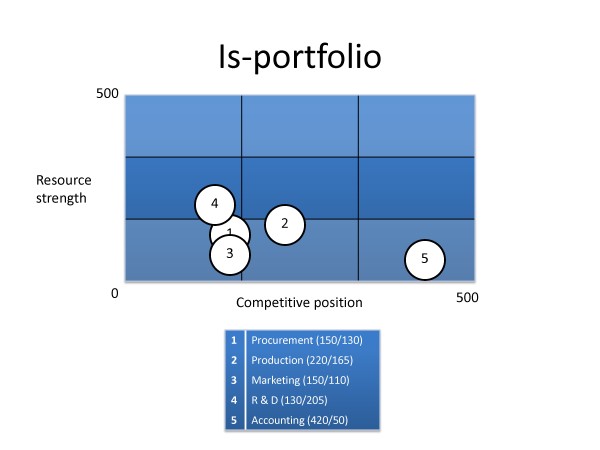CRM (Customer Relationship Management) software helps you to acquire new customers and develop longstanding and profitable customer relations.
See a definition of CRM in the first article of this blog.
Let me give you a couple of requirements a CRM software should fufill and some aspects of what kind of software you need.
But first of all, the company culture is a very important factor for the success of a CRM software. The top level management has to believe in CRM and has to promote the usage of CRM systems.
Contact management
Many companies manage their contacts in Outlook, on PDAs or PIMs (Personal Information Managers), but this tools don’t offer all the functionality that is needed to really manage contacts and relations. Also the use of different databases and multiple applications worsens the effective management of contacts.
A good contact management is a basic functionality in a CRM system. It saves all the contact information of business partners, customers and interested parties and furthermore simplifies the communication over e-mail, fax and phone. An important selection criterion for this functionality is usability and short training periods.
The basis is an address database containing all the contact information, preferably one which stores companies and persons separately.
A complex search function with various filter choices and criteria helps to find the persons you’re looking for more effectively.
Nice to have and also important features are interfaces to office software, e.g. Microsoft Word and possibilities to print out customer letters and automatically stamp them.
Telephone integration
This functionality should be implemented in a CRM system. If a customers calls you, the system automatically detects the number and opens up the relevant information, contact history, bills and complaints on your screen – so you know the customer and its history right away. A convenience which saves you a lot of time you don’t want to miss anymore!
Regular customer maintenance
It is a fact that keeping a customer is cheaper than acquiring a new customer. Today for a customer it is very easy to end business with a company and start business with an other, so keeping customers is of crucial importance.
Keeping in touch with the customer, having a complete history and being able to respond in an appropriate way in order to satisfy a customer should be supported by the CRM software, letting you know when and how you have to interact with the customer, e.g. birthday greetings, offering great deals on products depending on customer preferences or reacting to a complaint.
Analyzing a customer
Several methods should be implemented in a CRM software to evaluate and calculate different customer values, such as Customer Lifetime Value etc.
The ABC analysis is a good method to gain insights on customers. It let’s you split up your customers into three different groups of importance (A-, B- and C-customers) combined with profit, complaints, etc.
The RFMR method easily let’s you break down customers into smaller segments depending on their purchases (RFMR = recency, frequency, monetary ratio).
Different solutions for you
There are many different solutions for CRM systems such as web-based tools, open source tools, SOA (service-oriented architecture) and SaaS (Software as a Service).
Integrated CRM-systems often come from ERP producers like SAP, Microsoft, Oracle etc. These systems can be connected to the corresponding ERP system and can provide a ‘win-win situation’, as the two systems CRM and ERP are made from the same company and so can be connected to each other, providing interfaces and tools that actually work.
It’s up to you what CRM solution you’re looking for, whether you prefer stable and established software that has been developed for many years or you want to take a look at open source tools, which will give you a good working system, but maybe will not offer the flexibility or specific requirements you need for your company.
You can also develop a complete new CRM system (either you develop it or you have a company developing it) but this process takes a long time to find out what specific needs you have, to test it, to receive feedback and implement the requirements and changes. Sometimes you’re better off with an existing CRM system, which will offer you a lot of functions (which actually will work fine!) and you will also be able to extend the system with modules that fit your specific needs.
But this all depends on the industry you’re in. If you need a software that has to fulfill various complex and specific needs then you maybe will look for a new developed system that will offer the required modules from the start. This will save you money in the future as massive adaptions are redundant then.






